Researchers from the Technical University of Munich (TUM) and RWTH Aachen University in Germany have compared the electrical performance of high-energy sodium-ion batteries (SIBs) to that of a state-of-the-art high-energy lithium-ion battery (LIBs) with a lithium-iron-phosphate (LFP) cathode and have found that the state-of-charge and temperature have a higher influence on the pulse resistance and the impedance of the SIBs than the LIBs.
“SIBs are generally seen as a drop-in replacement for LIBs,” the scientists stated. “Nevertheless, the differences in the electrochemical behavior of sodium and lithium require adaptions on both the anode and the cathode. While for LIBs usually graphite is used as anode material, for SIBs hard carbon is currently seen as the most promising material for SIBs.”
They also explained that their work was intended to fill a gap in the research, as there is still a lack of knowledge about the electrical behavior of SIBs in terms of varying temperatures and state-of-charges (SOCs).
The research team conducted, in particular, electrical performance measurements at temperatures ranging from 10 C to 45 C and open-circuit voltage measurements of the full-cell at different temperatures as well as half-cell measurements of the corresponding cells at 25 C.
“Furthermore, we investigated the influence of temperature and SOC on both direct current resistance (R DC) and galvanostatic electrochemical impedance spectroscopy (GEIS),” it specified. “To examine the useable capacity, useable energy, and energy efficiency under dynamic conditions, we performed rate capability tests by applying different load rates at different temperatures.”
The measurements were taken on a LIB, a SIB based on a nickel-manganese-iron cathode, and a LIB with a LFP cathode, with all devices being found to show a hysteresis in the open-circuit voltage between charging and discharging.
“Interestingly, for SIBs, the hysteresis is primarily occurring at low SOCs, which is, according to half-cell measurements, likely due to the hard carbon anode,” the academics emphasized. “The R DC and impedance of the LIB show very little dependence on the SOC. In contrast, for SIBs, the R DC and impedance significantly increase at SOCs below 30%, while higher SOCs have the opposite effect and lead to lower R DC and impedance values.”
Moreover, they ascertained that the temperature dependence of R DC and impedance is higher for SIBs than LIBs. “The LIB tests do not show a significant influence of the SOC on the round-trip efficiency. In contrast, cycling the SIBs from 50% to 100% SOC can reduce efficiency losses by more than half compared to cycling from 0% to 50%,” they further explained, noting that the efficiency of SIBs grows drastically when cycling the cells in a higher SOC range compared to a lower SOC range.
Their findings are available in the study “Comparing the electrical performance of commercial sodium-ion and lithium-iron-phosphate batteries,” published in the Journal of Power Sources. “Our findings indicate that the state-of-charge during cycling significantly affects the efficiency of sodium-ion batteries and should therefore be taken into account,” they concluded.
This content is protected by copyright and may not be reused. If you want to cooperate with us and would like to reuse some of our content, please contact: editors@pv-magazine.com.
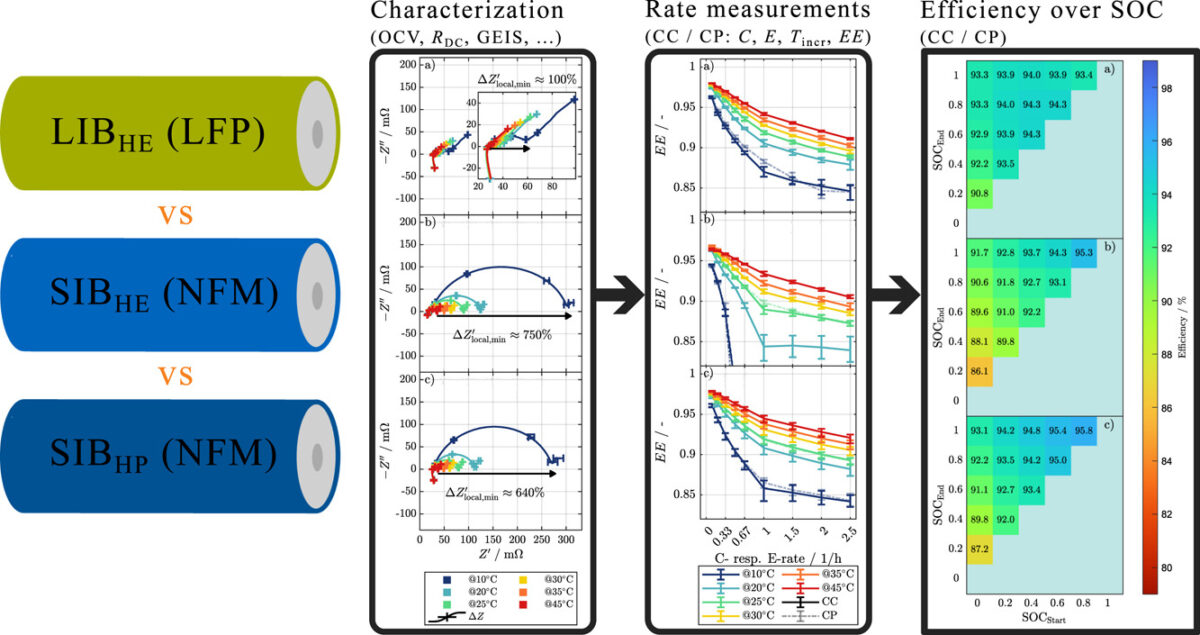
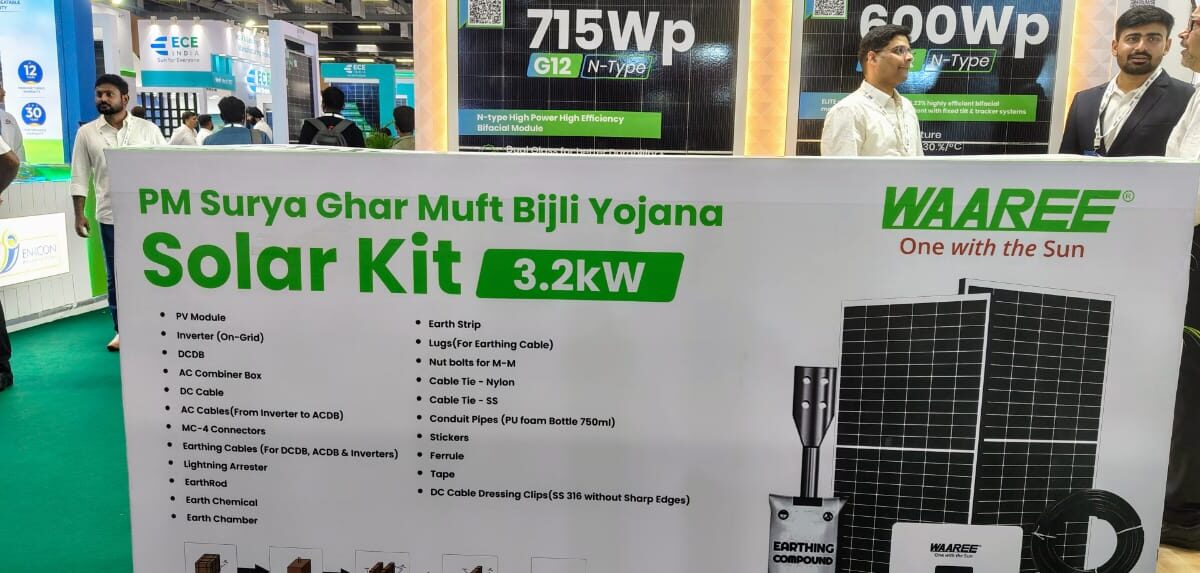


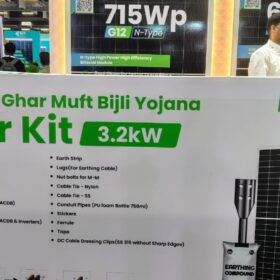

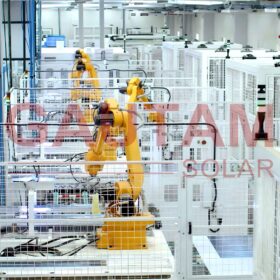
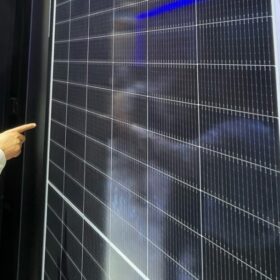
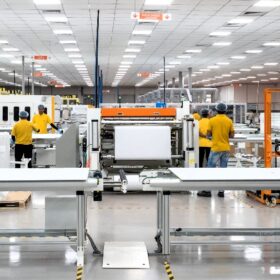
By submitting this form you agree to pv magazine using your data for the purposes of publishing your comment.
Your personal data will only be disclosed or otherwise transmitted to third parties for the purposes of spam filtering or if this is necessary for technical maintenance of the website. Any other transfer to third parties will not take place unless this is justified on the basis of applicable data protection regulations or if pv magazine is legally obliged to do so.
You may revoke this consent at any time with effect for the future, in which case your personal data will be deleted immediately. Otherwise, your data will be deleted if pv magazine has processed your request or the purpose of data storage is fulfilled.
Further information on data privacy can be found in our Data Protection Policy.